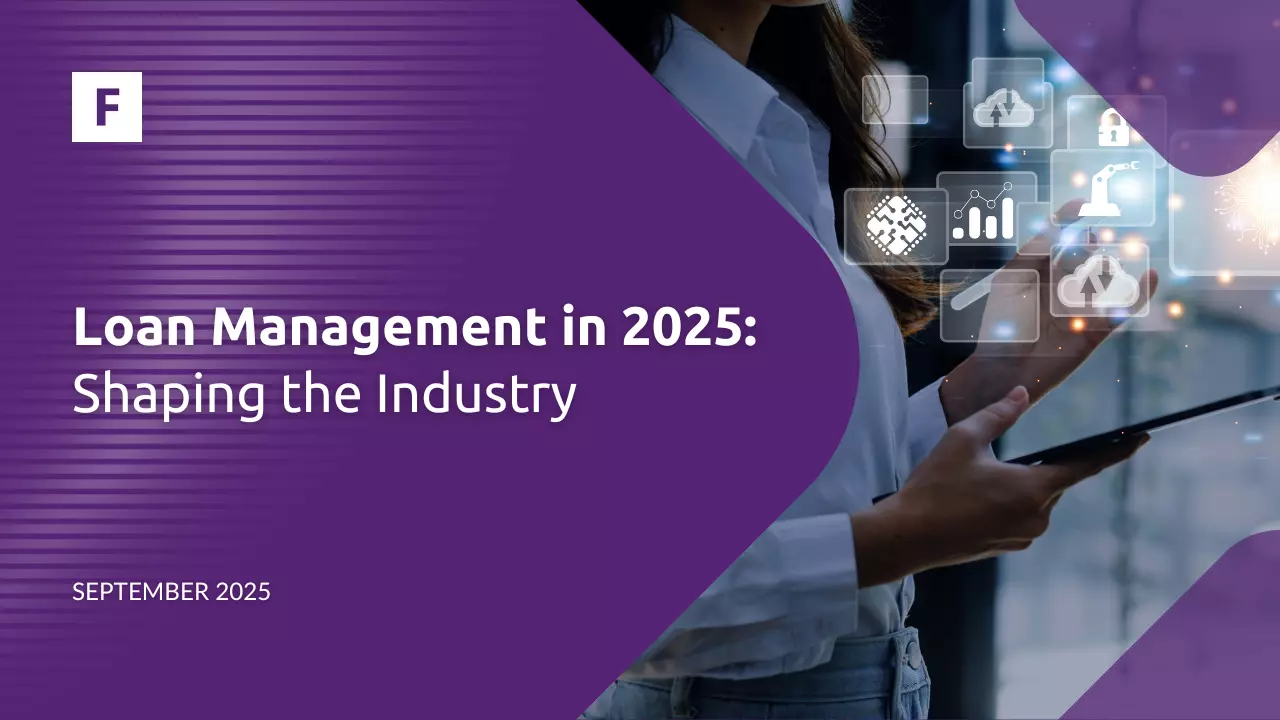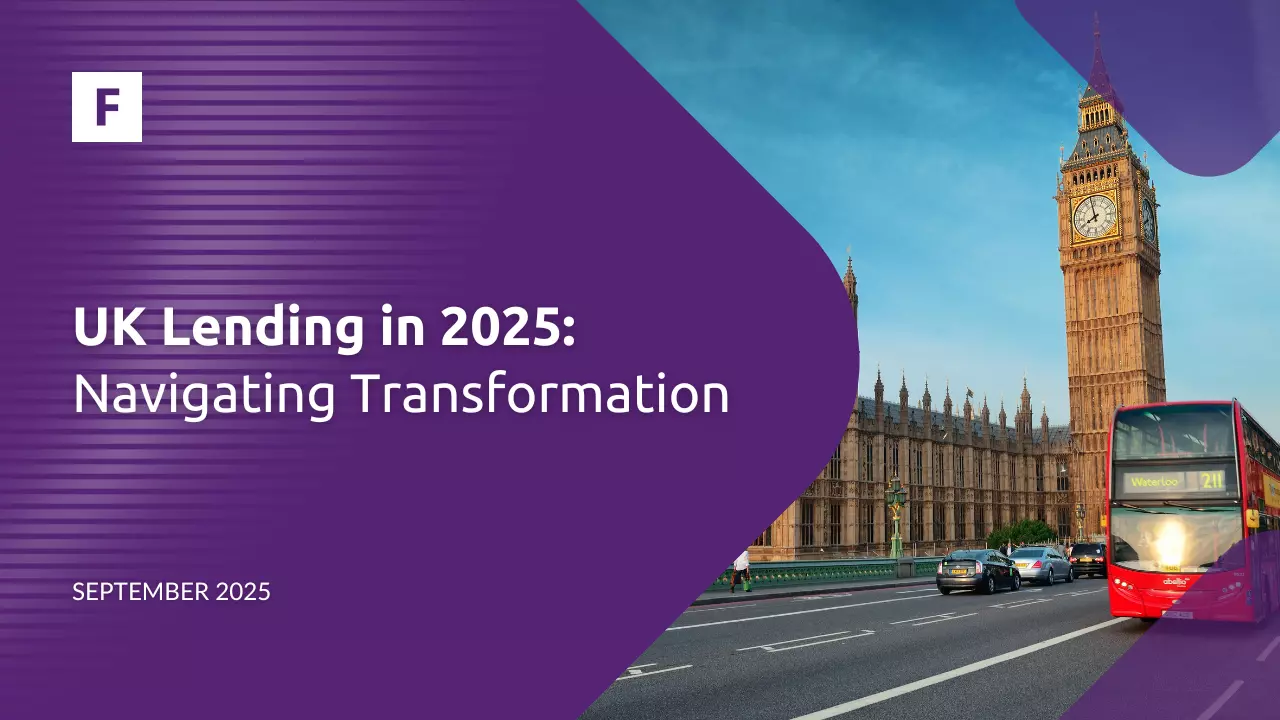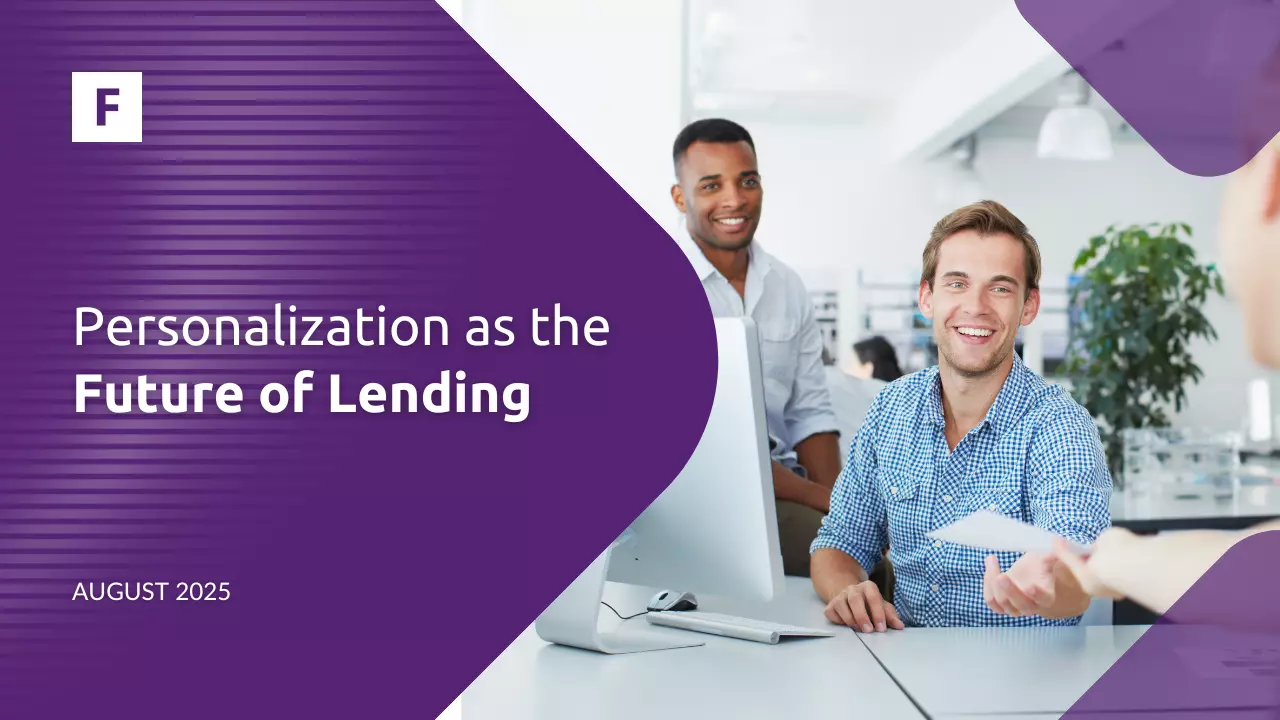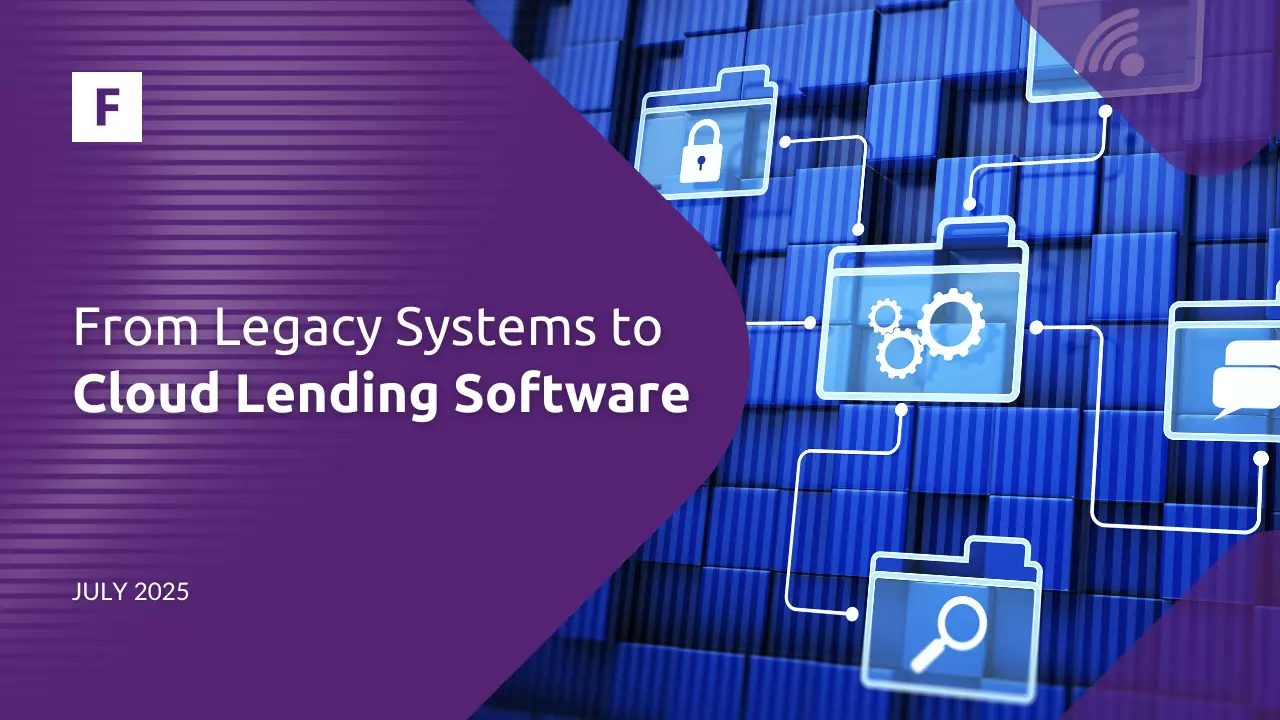What Does Credit Risk Mean?
Credit risk refers to the potential for financial loss. Common in mortgage, credit card, and loan sectors, credit risk encompasses scenarios where borrowers may not repay, including unpaid invoices or bond issuers failing to pay. Similarly, it applies when customers don't settle credit purchases or insurance companies fail to honor claims. To address credit risk, lenders may allocate excess cash flows to provide additional protection. Additionally, when facing heightened credit risk, lenders may adjust by increasing the interest rates, thereby boosting cash flows to mitigate potential losses.
These are the main key takeaways from this article:
Understanding credit risk.
Open Banking and lending.
Trends in the Open Banking industry.
Innovative solutions.
Why is Risk Management Important?
Credit risk management is essential for credit institutions and banks involved in lending money. They must address various factors that can increase risks, including untrustworthy borrowers, scams and economical factors. Even a single missed repayment can lead to losses. Therefore, evaluating the borrower's creditworthiness and implementing credit risk management processes are crucial for mitigating these risks.
How do Banks Assess Credit Scores?
Assessing a client's creditworthiness involves considering the five Cs of credit: character, capacity, capital, collateral, and conditions. Character reflects the borrower's reliability, often evaluated through credit history and reputation. Capital represents the financial investment in the business, demonstrating commitment and providing a buffer against financial challenges. Capacity assesses the borrower's ability to repay debts, considering cash flow and income. Collateral serves as security for the credit, including assets pledged to cover the loan in case of default. Conditions involve external factors impacting the borrower's ability to repay, such as economic trends and industry conditions. Analyzing these factors helps businesses make informed decisions about extending credit while managing risk effectively. Some notable reference agencies in the UK include TransUnion, Experian, and Equifax.
Checking a client's background might sometimes raise questions about how to evaluate the creditworthiness of a company with limited data. A few questions you should ask trade references when checking the creditworthiness of a company include: when was the last time a late payment was made? Is this a frequent occurrence? What's the most amount of credit the client has used? How much does the client currently owe? Is any of it past due? What are the terms of your credit offer to the client? What is your overall impression of them? Would you extend credit to them again or consider increasing their credit limit? Following these tips reduces potential risks involving clients.
However, there are some other factors which affect credit score. Credit mix also plays a role in shaping credit scores, reflecting the variety of credit types in the financial portfolio. Maintaining a healthy mix of installment loans and revolving credit demonstrates an ability to manage different types of credit responsibly. The extent of new credit applications can influence credit scores, albeit to a lesser degree than other factors. Applying for multiple lines of credit within a short time frame can signal financial distress and may result in a dip in credit score. It's advisable to space out credit applications to mitigate any negative impact on the score.
Balances on credit cards are taken into account by some credit scoring models, such as VantageScore. High balances, even if payments are made on time, can negatively affect your credit score. Paying off credit card balances in full each month is recommended to maintain a healthy credit profile.
Lastly, having too many credit card accounts can affect your credit score, albeit to a lesser extent. For instance, if a borrower holds three credit cards with a total credit limit of $30,000 and currently carries a collective balance of $10,000, their potential indebtedness stands at $20,000. Financial institutions factor this when calculating credit risk. While FICO does not directly consider this factor, VantageScore assigns some weight to it.
It is possible to improve credit scores by working with credit repair companies. According to Investopedia, the best such companies include The Credit People, Credit Saint, Sky Blue Credit, and CreditFirm.net. Credit repair companies collaborate with creditors and credit bureaus to eliminate questionable items from credit reports and enhance credit scores. While self-repair is an option, partnering with a reputable credit repair service could save time and yield better results, especially for individuals with complex financial situations.
How Exactly Is a Company's Credit Risk Calculated?
Credit risk assessment involves various metrics, with one common method being the calculation of default probability. A key measure, default rate, reflects the percentage of loans not fully repaid within the stipulated period, with a higher rate indicating increased risk. Another metric, the Loss Severity Index (LSI), gauges the financial impact of default on an institution, ranging from 0 (no impact) to 100 (total impact), with a higher LSI signaling greater severity. Additional measures include Loss Given Default (LGD), indicating potential losses if all loans default simultaneously, and Total Loss Index (TLI), measuring losses if defaults occur over a specific period. These metrics collectively inform institutions about the potential financial risks associated with lending activities.
After calculating and measuring data, it is vital to analyze it. Risk analysis models help estimate expected losses through measures like the probability of default (PD), loss-given default, and exposure at default (EAD). Credit risk analysis outcomes inform decisions on credit conditions and exceptional approvals, aiming to balance risk and optimize overall portfolio risk management. The goal is to mitigate credit risks effectively while maximizing acceptable risk levels for the firm.
Other data sources for credit risk assessments are bank statements. Bank statement analysis entails reviewing cash movements in and out of accounts to gauge individuals' financial well-being. When considering bank statement analysis software, prioritize features like adaptability to diverse document formats, accuracy in data extraction and fraud detection, validation capabilities across sources, and functionality for reviewing and flagging anomalies. Such software aids financial institutions in expediting credit decisions, enhancing efficiency, and reducing costs by minimizing errors and redundancies.
In the Baltics, we advise you to use the account information service offered by Creditinfo and KIB. The service offers connectivity with major Baltic banks, a user-friendly interface for individuals and businesses, categorization of data, and integration with recipient applications. Creditinfo also provides a PSD2 report with key indicators derived from account information, including ratios, flags, and predictive indicators. The recipient benefits most when Creditinfo's credit risk score is integrated into its processes, combining bureau data with account information for comprehensive risk assessment.
What Does the Open Banking Industry Look Like?
Open Banking data provides significant advantages for lenders. It offers real-time precision, giving them current and accurate financial snapshots. Unlike traditional credit scoring factors such as demographics, this data offers a more current and comprehensive look at how people and small businesses manage their money. Long-term analysis capabilities allow for comprehensive risk assessments spanning up to 48 months.
Open Banking is making lending more convenient. It enables instant affordability checks by securely accessing real-time bank account data, providing lenders with immediate income verification. Open Banking empowers lenders to reduce loan delinquency by offering budget management tools to borrowers. Integrating secure account-to-account payment solutions streamlines loan settlements, simplifying transactions within applications and enhancing the overall borrower experience. On top of that, Open Banking allows for the optimization of the entire loan process by replacing manual paper-based procedures with digital offerings. This digitalization improves efficiency and convenience for customers, leading to a smoother lending experience overall.
Open banking trends are reshaping the financial services industry, with Europe leading the charge in adoption, expected to reach 132.2 million users in 2024. While the concept is still relatively new, it's rapidly gaining traction worldwide with current trends. Some trends include the rise of cybersecurity and AI enhancements. Financial fraud is a growing concern globally, prompting increased demand for better cybersecurity solutions in financial services. Open banking provides a timely response, offering instant account-to-account payments to minimize fraud risks. In 2024, open banking will continue to embrace AI technology. Through secure access to transaction data, third-party providers can offer personalized recommendations to improve financial well-being. For a more comprehensive site, you can download Brite's Open Banking Explainer. Some outstanding open banking data providers include our partners AperiData and GoCardless. Find more about our partners who provide services such as online lending systems and many more here.
Fintech Market's Credit Risk Management Solution
Our credit decision software has built-in optimal risk evaluation and application scoring which helps to utilize the decision process. The credit decision engine enables the creation of decision-making models by utilizing input information and equations, with customizable data fields and integration options for existing systems. The credit decisioning software offers flexibility in configuring data fields, seamless integration with the core system, and streamlined decision scenarios supported by various equations, interactive guides, and testing features. Find more about our other products like the credit decisioning engine here.
Our user-friendly credit risk management software simplifies the creation and management of decision-making and customer scoring models. With drag-and-drop functionality, users can easily modify and arrange elements as needed, ensuring flexibility and convenience during model design. Enhanced risk evaluation and application scoring are facilitated through decision-process steps tailored to specific company requirements. Additionally, version control features enable the maintenance of a clear model history, with status indicators providing easy oversight of version states.
Our solution offers comprehensive insights and visualization of risk model inquiries. Users can benefit from graphical representations, which provide a clear summary of inquiries through visually appealing graphs. Additionally, the application allows easy access to version-specific or scenario results as needed. Detailed information about each request, including results summary and distribution of decisions, ratings, and scores, is available. Furthermore, users can compare alternative models, if the Champion Challenger option is used.
Our consumer lending system empowers businesses to create alternative financial products tailored to underserved customers, promoting financial inclusion and mitigating high-risk profiles. With a focus on managing consumer loan products, the platform simplifies the loan origination process.
Key features include tailored financial solutions, allowing institutions to create customized products for specific demographics such as women entrepreneurs or rural communities. This flexibility enables addressing unique financial needs and managing a diverse range of products, including unsecured and secured loans.
We also advise you to take a look at our secure SaaS leasing system which could help easily manage any online lending system. Our innovative loan management system enables you to create a seamless revolving credit application experience for your clients by customizing your product to suit their unique needs and preferences. Key features in our SaaS leasing system include flexible product configurations, allowing you to set up credit line products with suitable limits, interests, and repayment terms tailored to individual financial needs. Moreover, a transparent fee structure ensures clarity and fairness, allowing customers to understand and differentiate interest and fee rates for different customer groups.
In conclusion, navigating the complex landscape of credit risk management, open banking trends, and innovative financial solutions requires a deep understanding of evolving technologies. As the financial services industry continues to evolve, staying informed and adaptable will be key to driving success.
About Fintech Market
FTM offers a global lending software for financial institutions. Its cloud-based platform offers CRM, KYC, risk management, and debt tools for loans, deposits, investments. Tailored solutions empower neobanks, SMEs, car leasing, and buy-now-pay-later companies.







